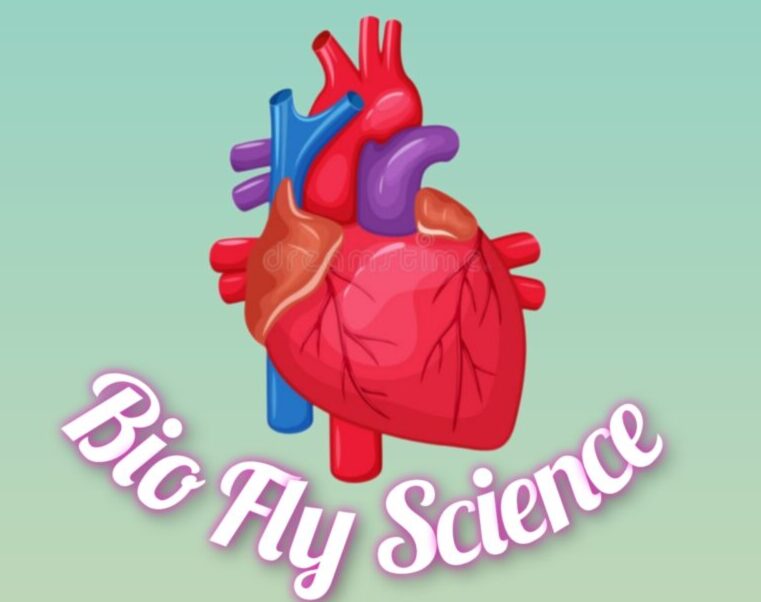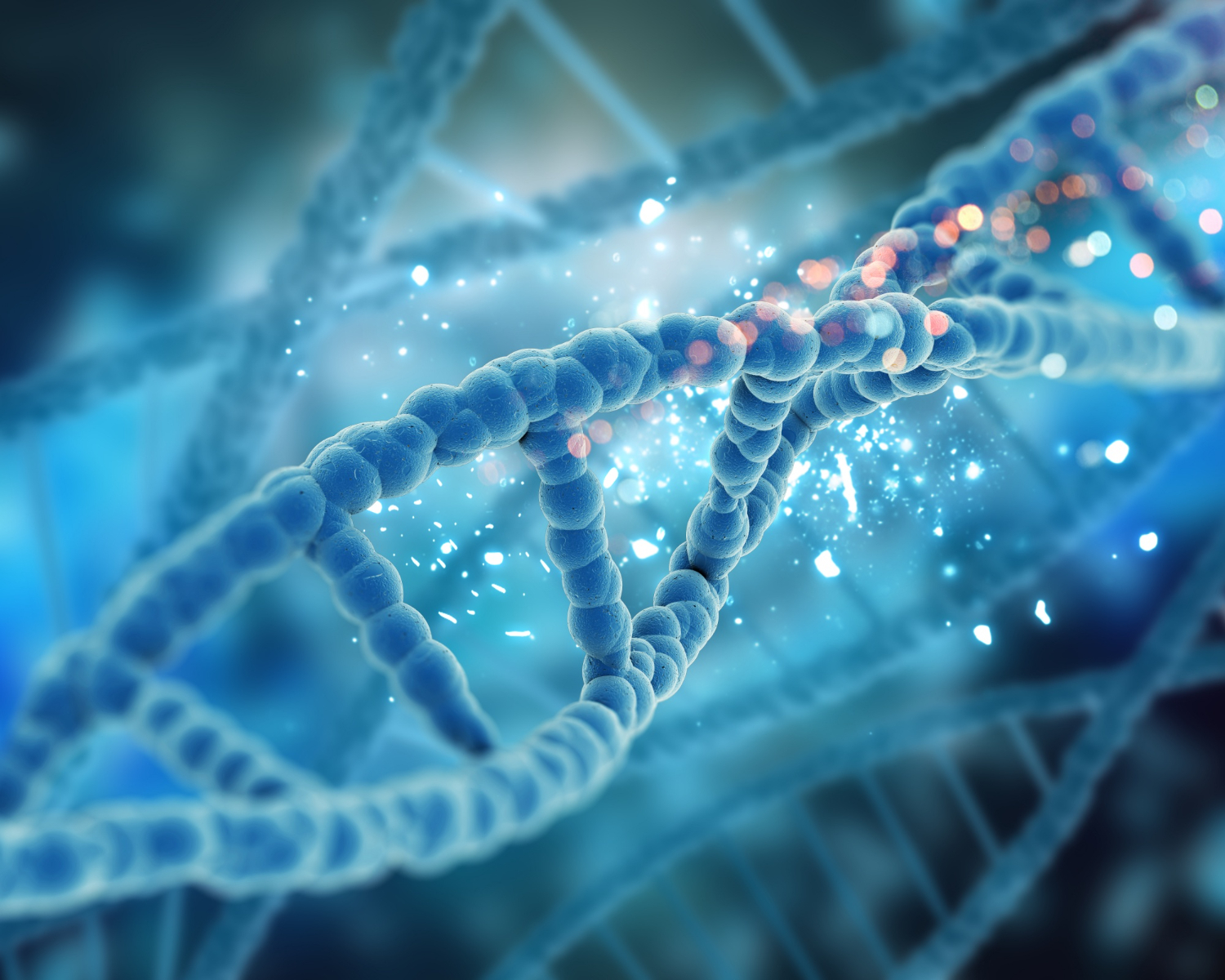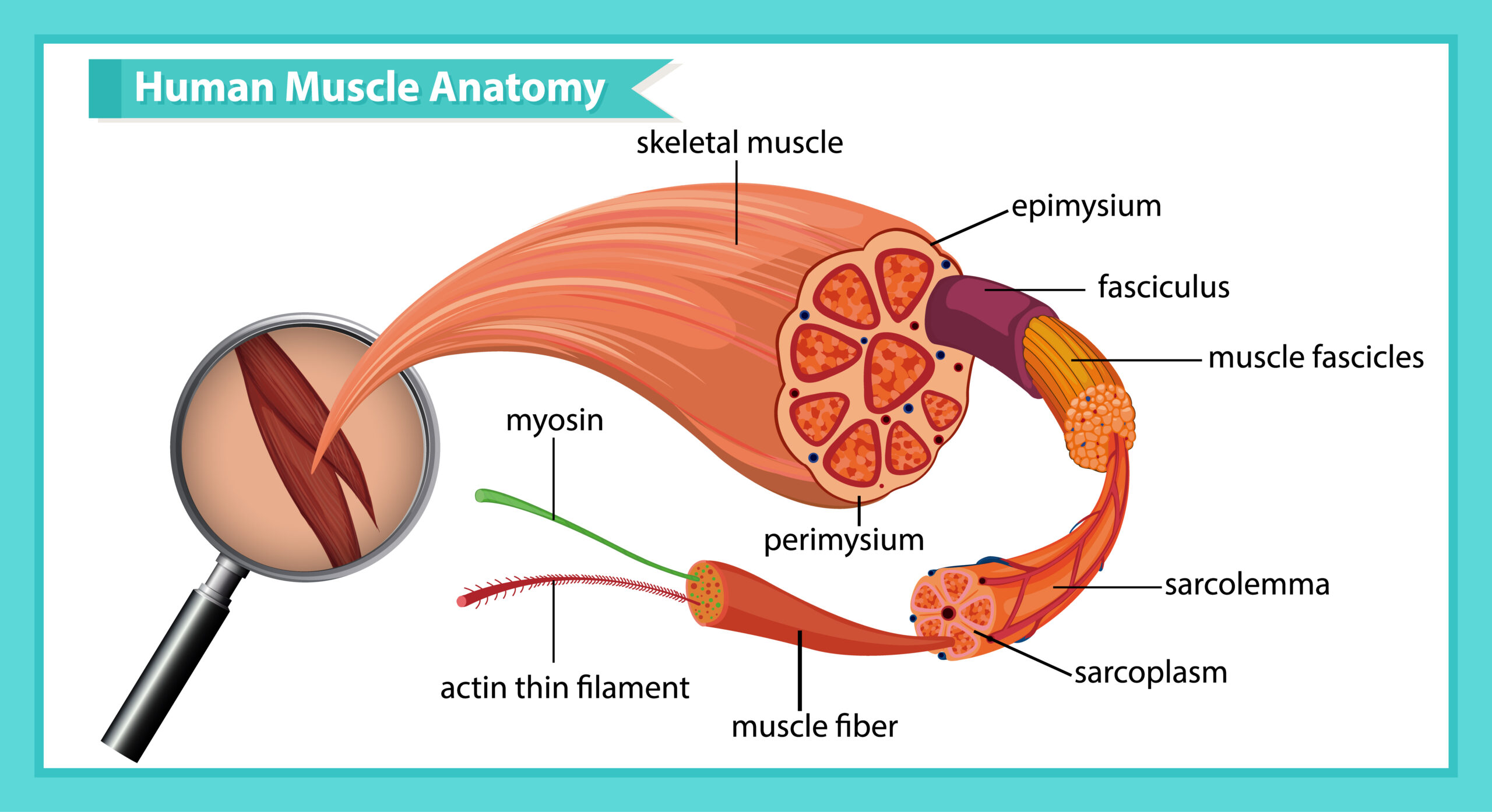Parasitology PYQ Shorts
Parasitology 2020 1.a) What is parasitoid? Ans→ A parasitoid is an organism that lives on or inside another organism (the host) and the host. hold leading to the death of Example: Braconid wasps, Tachinid flies. b) Write the habitat of Wuchereria bancrofti. Ans→ The habitat of Wuchereria bancrofti is within the lymphatic system of the … Read more


